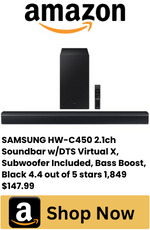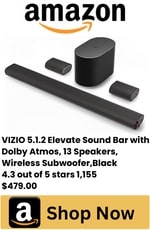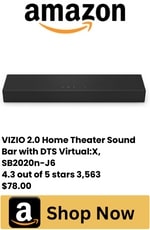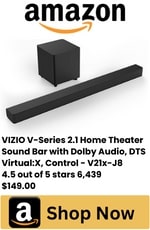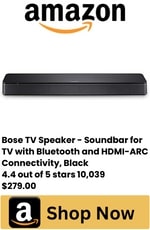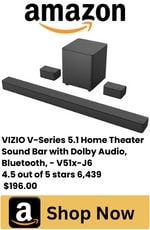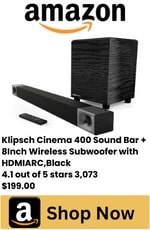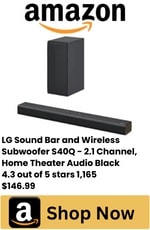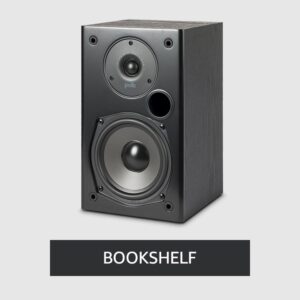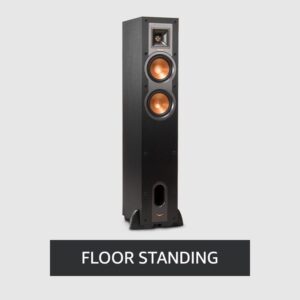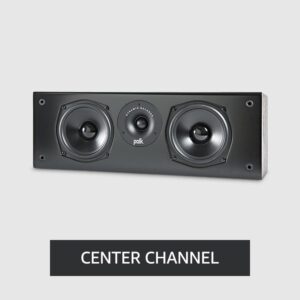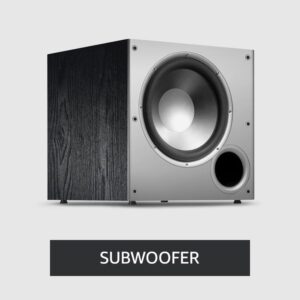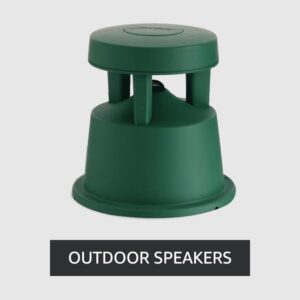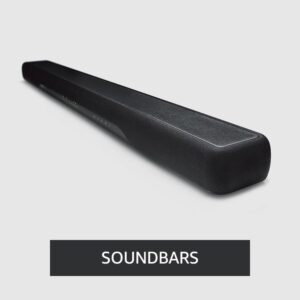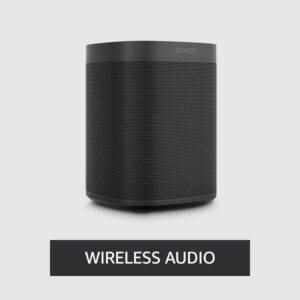Does a soundbar need a subwoofer? | Helpful Guide
In the ever-evolving realm of home entertainment, soundbars have emerged as a popular choice for enhancing the audio experience, especially when paired with flat-screen TVs.
The question that often arises in the minds of consumers is whether a soundbar needs a subwoofer to deliver an optimal audio experience.
In this comprehensive guide, we’ll delve into the intricacies of soundbars, and subwoofers, and help you decide whether investing in a subwoofer is the right choice for you.
Table of Contents
Soundbars
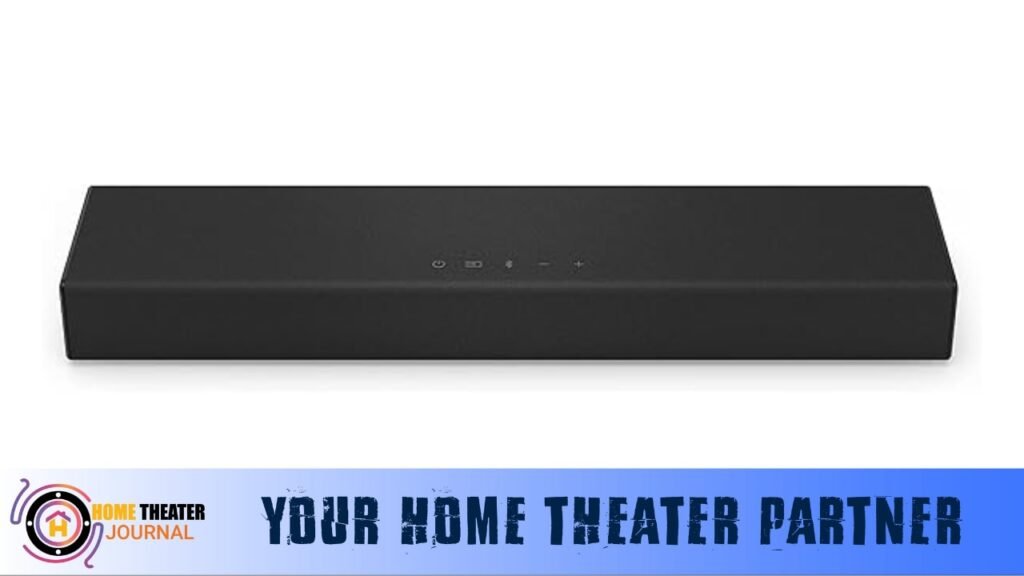
A soundbar, essentially a compact speaker system, serves as a sleek and efficient upgrade to a TV’s built-in speakers. Available in various configurations, from 2.0 to 7.1.6 and beyond, soundbars aim to create a surround sound experience.
They are not only compatible with smart home devices but can also support advanced technologies like Dolby Atmos, making them a versatile choice for home theaters or entertainment rooms.
| Soundbar Configuration | Channels | Explanation |
|---|---|---|
| 2.0 | 2 | Stereo sound with left and right speakers. No dedicated subwoofer. |
| 2.1 | 2 | Stereo sound with left and right speakers. Includes a dedicated subwoofer for enhanced bass. |
| 3.0 | 3 | Three speakers (left, center, and right) for improved dialogue clarity and stereo effect. No dedicated subwoofer. |
| 3.1 | 3 | Three speakers (left, center, and right) with a dedicated subwoofer for enhanced bass. |
| 5.1 | 5 | Five speakers (left, center, right, and two surround speakers) with a dedicated subwoofer for a true surround sound experience. |
| 7.1 | 7 | Seven speakers (left, center, right, two surround speakers, and two rear surround speakers) with a dedicated subwoofer for an extended surround sound experience. |
| 7.1.2 | 7 | Seven speakers (left, center, right, two surround speakers, and two rear surround speakers) with two overhead speakers for Dolby Atmos. Includes a dedicated subwoofer. |
| 7.1.4 | 7 | Seven speakers (left, center, right, two surround speakers, and two rear surround speakers) with four overhead speakers for an advanced Dolby Atmos setup. Includes a dedicated subwoofer. |
| 7.1.6 | 7 | Seven speakers (left, center, right, two surround speakers, and two rear surround speakers) with six overhead speakers for an immersive Dolby Atmos setup. Includes a dedicated subwoofer. |
Subwoofer

While soundbars are designed to enhance audio on their own, subwoofers play a crucial role in reproducing low-frequency sounds that many soundbars may not fully capture. Subwoofers are responsible for delivering deep bass, adding richness to music and providing a cinematic thump to movie soundtracks.
They come in various sizes, including wireless options, offering flexibility in placement and reducing the stereotypical bulk associated with traditional subwoofers.
When Do You Need a Subwoofer?
The decision to include a subwoofer in your setup depends on your priorities and preferences. If you seek a truly immersive sound experience, especially for bass-heavy music or cinematic adventures, a subwoofer is highly recommended.
1. Assess Your Audio Preferences: If you enjoy genres like hip-hop, EDM, or action-packed movies, a subwoofer can significantly enhance your experience by delivering powerful and deep bass.
2. Check Your Current Sound System: Some speakers and soundbars come with built-in subwoofers or advanced bass technologies. Check your current system’s specifications to see if it already caters to your bass preferences.
3. Evaluate Room Size: Larger rooms may benefit from a subwoofer to ensure even bass distribution. Assess your room size and layout to determine if a subwoofer would improve the overall sound experience.
4. Identify Your Activities: If you’re an avid gamer, movie enthusiast, or music lover, a subwoofer can add an immersive element to your activities by reproducing impactful low frequencies.
5. Budget Considerations: Subwoofers come in various price ranges. Evaluate your budget and explore options that align with your financial considerations. There are both high-end and budget-friendly subwoofers available.
6. Explore Soundbar Capabilities: If you have or plan to get a soundbar, research its features. Premium soundbars, like the Bose Smart Soundbar 700 or Sonos Playbar, often provide impressive bass without the need for an external subwoofer.
7. Listen to Your System: Pay attention to your current audio system’s performance. If you feel that it lacks the depth and richness in low frequencies, a subwoofer could be the missing piece.
8. Consider Room Acoustics: Room acoustics can affect bass response. Experiment with subwoofer placement to optimize its performance in your specific room, ensuring an even and immersive sound experience.
9. Wireless Options: If you’re concerned about cables, consider wireless subwoofers. They provide flexibility in placement and simplify the installation process.
10. Personal Listening Tests: Conduct personal listening tests with and without a subwoofer if possible. This hands-on experience will help you make an informed decision based on your specific audio preferences.
However, there are soundbars in the market that boast impressive low-frequency reproduction even without an external subwoofer. If budget constraints are a consideration, these standalone soundbars might be a suitable choice for those looking for a more economical sound system.
Where to place subwoofer with soundbar
For those opting for a subwoofer, proper placement is crucial to achieving an optimal surround sound experience. Whether wired or wireless, subwoofers are commonly placed next to the TV or on an entertainment stand.
In larger rooms, strategic placement in corners or behind seating areas can enhance the overall effect. Some subwoofers even offer mounting options or can be placed on high shelves for a vertical surround sound experience.
How to connect a Subwoofer to a Soundbar
The connection between a soundbar and a subwoofer is a straightforward process. In a wired setup, a cord connects the subwoofer to the soundbar’s output.
Wireless subwoofers can be linked to the soundbar via Bluetooth, providing a seamless and hassle-free setup. Compatibility between the soundbar and subwoofer is essential, whether purchased together or separately.
Top Soundbars without Subwoofers:
Bose Smart Soundbar 700
The Bose Smart Soundbar 700 (on Amazon) is a premium Bluetooth soundbar that boasts exceptional audio quality. With its emphasis on clear and immersive sound, this soundbar has been engineered to deliver a rich audio experience without the need for an external subwoofer.
Its premium design and built-in Alexa voice control contribute to an all-encompassing audio experience, making it a stand-alone solution for users who prioritize simplicity without compromising on sound quality.
Sonos Playbar
The Sonos Playbar (on Amazon) is a versatile soundbar designed for TV, movies, music, and more. Known for its mountable design, the Playbar offers flexibility in placement, and it excels in providing clear dialogue and detailed audio.
While the Playbar delivers impressive sound on its own, it does not come with a dedicated subwoofer. However, users have the option to integrate it into a broader Sonos speaker system, providing an opportunity to enhance bass performance by adding a separate Sonos Sub if desired.
SENNHEISER AMBEO Soundbar Max:
The SENNHEISER AMBEO Soundbar Max (on Amazon) is a top-tier soundbar that aims to replicate a true cinematic audio experience. With its 5.1.4 channel configuration and support for Dolby Atmos technology, the AMBEO Soundbar Max is designed to provide immersive 3D sound.
Unlike many traditional soundbars, this premium offering from Sennheiser incorporates advanced audio technologies and a sophisticated speaker setup, minimizing the need for an external subwoofer. The AMBEO Soundbar Max is engineered to deliver deep bass frequencies, making it a comprehensive sound solution on its own.
In summary, while the Bose Smart Soundbar 700 and the SENNHEISER AMBEO Soundbar Max are designed to offer a robust sound experience without the necessity of an additional subwoofer, the Sonos Playbar provides users with the option to enhance bass performance by integrating it into a broader Sonos speaker system that includes a dedicated subwoofer if desired.
Conclusion
In the debate over whether a soundbar needs a subwoofer, the answer ultimately depends on your audio preferences and budget considerations. While subwoofers undoubtedly contribute to a fuller and more immersive sound experience, advancements in soundbar technology have led to standalone options that impress without additional components.
Whether you choose a soundbar with a built-in subwoofer or explore the growing selection of standalone soundbars, the key is to tailor your audio setup to meet your specific needs and preferences.
FAQs
1. Does the Bose 900 Soundbar Need a Subwoofer?
Answer: The Bose 900 Soundbar is equipped with an impressive speaker array that includes built-in bass modules to deliver deep and impactful low frequencies.
Bose has engineered this soundbar to provide a well-rounded and immersive audio experience without the need for an external subwoofer. Therefore, the Bose 900 Soundbar is designed to function optimally as a standalone audio solution.
2. Does Bose Soundbar 600 Need a Subwoofer?
Answer: Similar to the Bose 900 Soundbar, the Bose Soundbar 600 (on Amazon) is designed to offer a comprehensive audio experience without requiring an additional subwoofer.
With its built-in speakers and advanced audio technology, the Bose Soundbar 600 is capable of reproducing deep and rich bass frequencies. Users can enjoy a full-range sound without the necessity of investing in a separate subwoofer, making it a convenient and space-efficient solution for home entertainment setups.
3. Can I use a soundbar without a subwoofer for a home theater setup?
Answer: Yes, many soundbars, including premium models like the Bose Smart Soundbar 700 and the Sonos Playbar, are designed to create an immersive surround sound experience without requiring an external subwoofer. These soundbars utilize advanced speaker configurations and technologies to deliver satisfying low-frequency performance.
4. Does a soundbar need a subwoofer to deliver optimal bass?
Answer: While soundbars can produce quality sound on their own, a subwoofer enhances the low frequencies, providing a fuller and more immersive audio experience. Some soundbars, especially those with built-in or optional subwoofers, offer robust bass without the need for an additional unit.
5. Are there soundbars that deliver impressive bass without a separate subwoofer?
Answer: Yes, some soundbars on the market, such as the Sennheiser AMBEO Soundbar Max (on Amazon), are engineered to provide immersive low-frequency reproduction without the need for an external subwoofer. These soundbars utilize advanced speaker technology and configurations to achieve a well-balanced and impactful sound profile.

Author: Baqarrasheed
I know all about home theater items! I have been doing this for more than three years now. I am good with things like sound systems, TVs, projectors, and all that cool entertainment gear. I like to help folks by testing and talking about these gadgets on Hometheaterjournal. I want to make sure everyone can create an awesome entertainment setup at home without any confusion.
I write the creative content for HometheaterJournal.



